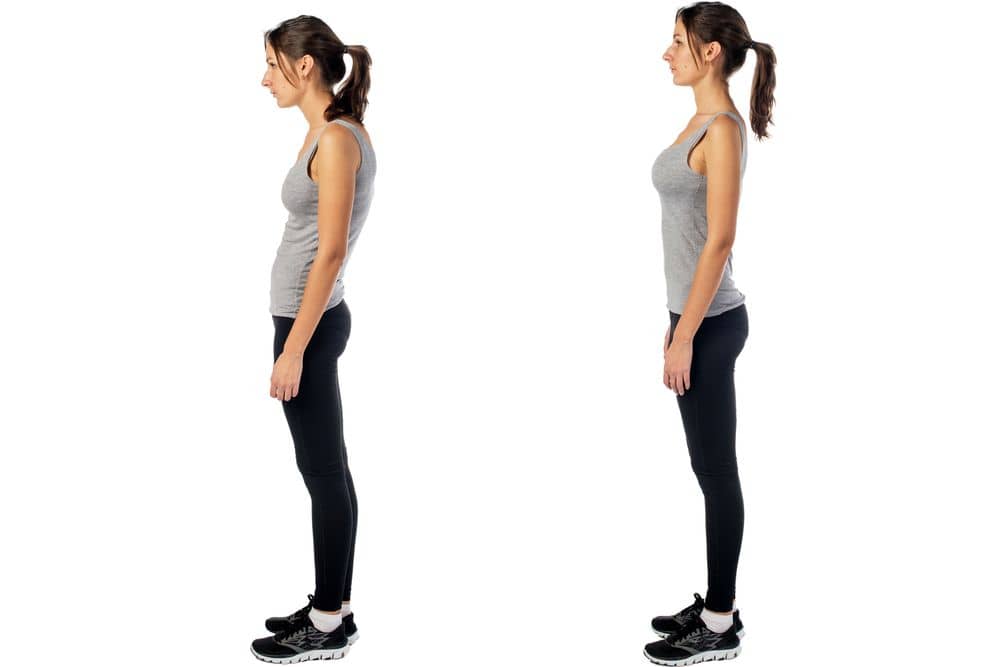It’s no secret that good posture is important to your overall health and well-being, but this is easier said than done. We’ve all heard “Sit up straight!” “don’t slouch!” once or twice over the years, and while it can be hard to break the habit of slumping down, you must do. Posture refers to the body’s alignment and positioning concerning gravity. Regardless of whether you are sitting, standing, or lying down, gravity can take its toll on your joints, ligaments, and muscles. Having good posture means being aware and working to distribute the force of gravity throughout the body. In doing so, you will ensure no one body part or structure is overstressed.
Understanding the Spine
The spine is naturally curved in an S-shape, operating like a coiled spring to absorb shock, maintain balance, and help with a full range of motion throughout the entire spinal column. The spine is made up of the cervical, thoracic, and lumbar spine, all of which play an important role in your overall comfort and health. The curves of the spine are maintained by two main muscle groups – the flexors (in the front of the body, including the abdominal muscles, they help us bend, lift, and control the arch of the lower back) and extensors (in the back, they help us stand upright, lift objects, and act as a stabilizer for the spine).
Why is Good Posture Important?
Good posture refers to the correct alignment of all body parts as they are supported by the right amount of muscle tension. Most people do not maintain good posture naturally, which means we have to work at it and make a conscious effort to sit up straight. Specific muscles throughout the body typically do all the work for us, which is why posture is something we don’t often think about. The hamstrings, large back muscles, and neck muscles are some of the most important when it comes to maintaining good posture. All the surrounding ligaments and tendons work in overdrive to hold the skeleton together, working with the muscles to stop gravity from pulling us forward, backward, or downward.
People with poor posture are often in pain, as the postural muscles are facing excessive strain. If you have poor posture for a long period, it can do serious, long-term damage to the spine and surrounding structures. Numerous factors contribute to poor posture, including stress, obesity, pregnancy, weak postural muscles, abnormally tight muscles, and wearing high heels.
Correcting Poor Posture
The good news is that poor posture can be corrected. However, individuals who have long-term postural problems may need to put in more effort than others. Maintaining poor posture for months or years can impact the joints, which will take time to reverse. The first step to correcting poor posture is having conscious awareness of your posture, regardless of whether you are sitting, standing, walking, or lying down. With practice, you will be able to learn the correct posture and gradually replace these bad habits.
We often treat people with poor posture here at Premier Injury Clinics of DFW, as chiropractic care has been proven effective when done in conjunction with changing postural habits. If you are in pain because of poor posture, please give our injury and accident clinic a call today and schedule an appointment with one of our experienced chiropractors.





